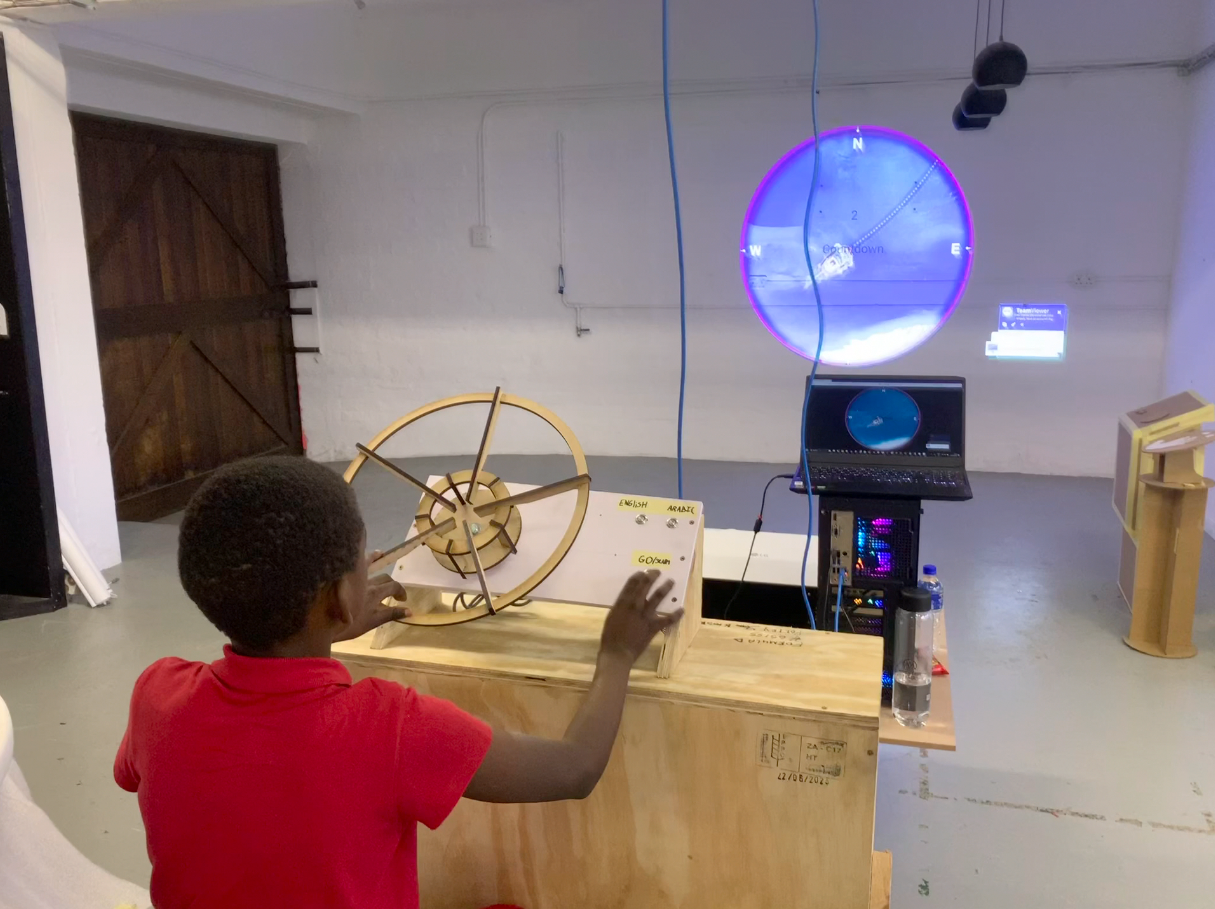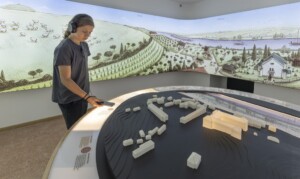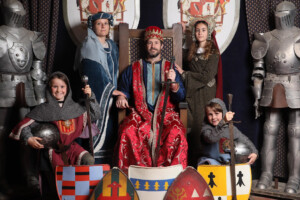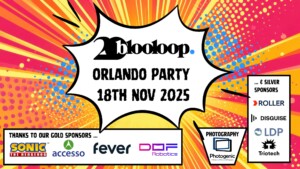formula D_, a producer of internationally recognised and renowned visitor experiences, believes that children have much to teach the industry when it comes to exhibition design. In a world brimming with global challenges, it is the children and youth who hold the key to a brighter future, says the firm. As the stewards of tomorrow’s world, their education and awareness of these challenges are paramount to solving the complex problems we face today.
Designing impactful children’s museums and interactive exhibits for sustainability education demands a specialist approach and a unique skill set. formula D_ has been designing for and with kids for years and asked them what they find most important when designing educational kids’ experiences.
Early user testing with kids
“Probably the most important thing I learned over the years is that an adult designer should never assume that a child will use their design the way it was intended to function,” says Michael Wolf, co-CEO of formula D_, as he recalls the company’s work on River of Grass, a large immersive projection space that teaches kids about the Everglades.
Kids can use gestures and body movement to interact with animals, dam water and use flashlight-shaped objects to find the elusive Florida panther at night.
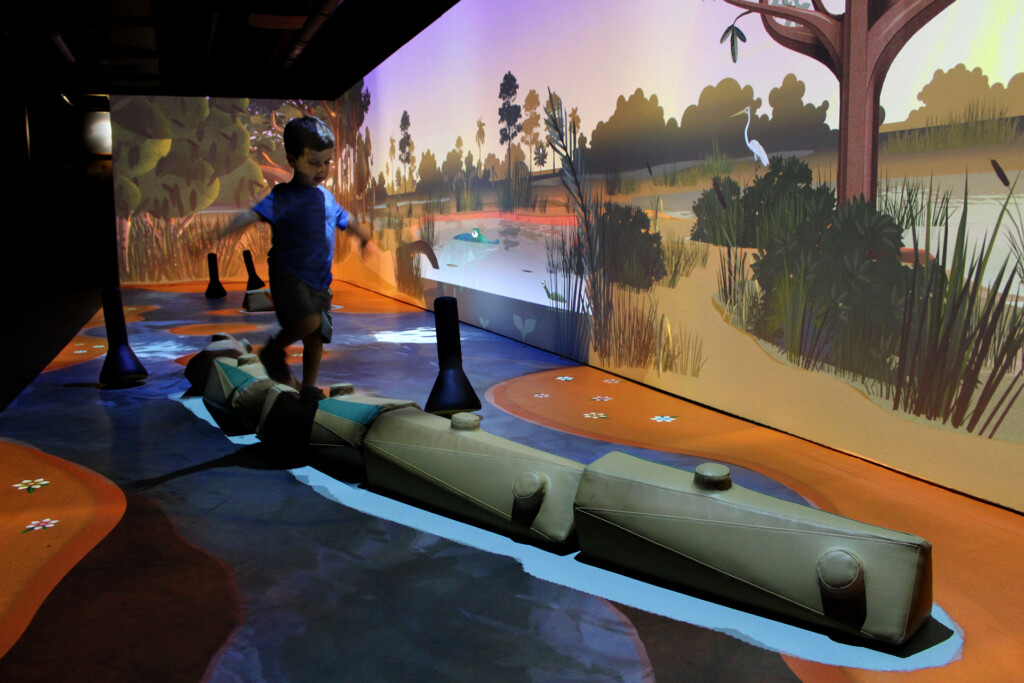
“The flashlight was a big headache. We created so many prototypes of different shapes and sizes and first tested them with our team members. When we thought we had something, kids would come in and reject it or select the ones that we had rejected. Without early user testing with kids, we would have failed miserably.”
Designing a children’s activity centre from scratch
Having delivered various exhibits and interactive installations for existing children’s museums over the years, formula D_ had the opportunity for a holistic design approach when a South African wine estate owner asked them to design a children’s activity centre from scratch.
“Wonderdal (was) set out to be a world-class play-oriented learning environment centre for kids aged 5 to 13, with a combination use of physical play learn as well as digital interactive and immersive play spaces,” explains Thïnus Venter, formula D_’s project director.
“A central theme around five fictional characters and their wonderful world bound all the play learning spaces and educational categories. Close attention was given to the development of the learning content to align with current local and international school curricula.
“We knew that the user journey was of paramount importance in the development of the spatial narrative. A fully immersive orientation space allowed for the kids to be introduced to the world of the ‘Amuki’ and Wonderdal.”
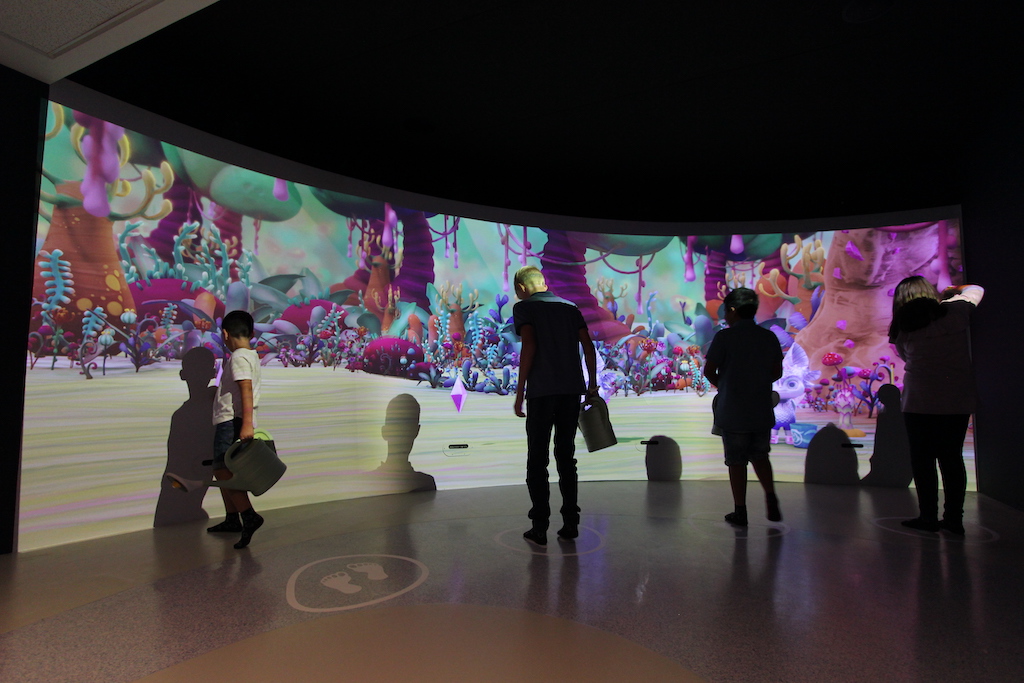
The experience of developing the concept of Wonderdal was done as an iterative process between the firm’s designers and the children. When the formula D_ team developed an idea, they would then present it to a group of kids to get their feedback and help further shape the ideas. Eventually, kids and designers agreed that a wonderous world with flying, fairly-like creatures called Amuki who live a sustainable, fun, and happy life was the best idea, and so, the Wonderdal storyline was born.
Putting kids in the driving seat
Anca Popa, art director at formula D_ says:
“What have we learned from user testing with kids? Well, it’s an exercise of going to the essence of things when user testing with kids as they don’t pay that much attention to details such as instructions, side notes or other secondary elements. They rely more on intuitive functionality, and you will immediately know if you attained that or not based on their feedback. They can often challenge your thinking of how things should work or present themselves.”
Head of design at formula D_, Jean-Jacques Roussow, goes on to explain the importance of creating a safe and non-judgmental space for children: “It allows them to express a wide range of emotions and thoughts freely. Remember, their input is not about assessment; it’s about comprehending their unique perspectives and needs. Be prepared to set your ego aside, as children can be refreshingly honest, which is a valuable trait.”
Working on kids’ experiences is impactful and rewarding, but it requires designers to be sensitive to children’s needs and ability to communicate.
“What happens if we put kids in the driving seat and let them co-design an experience? If this sounds scary to you, involving an experienced design team familiar with user-centred design practices is highly recommended,” says formula D_.
Last month, formula D_ announced that it has opened an office in Miami, USA, allowing the company to better serve the greater North American region, including Canada and Mexico.
